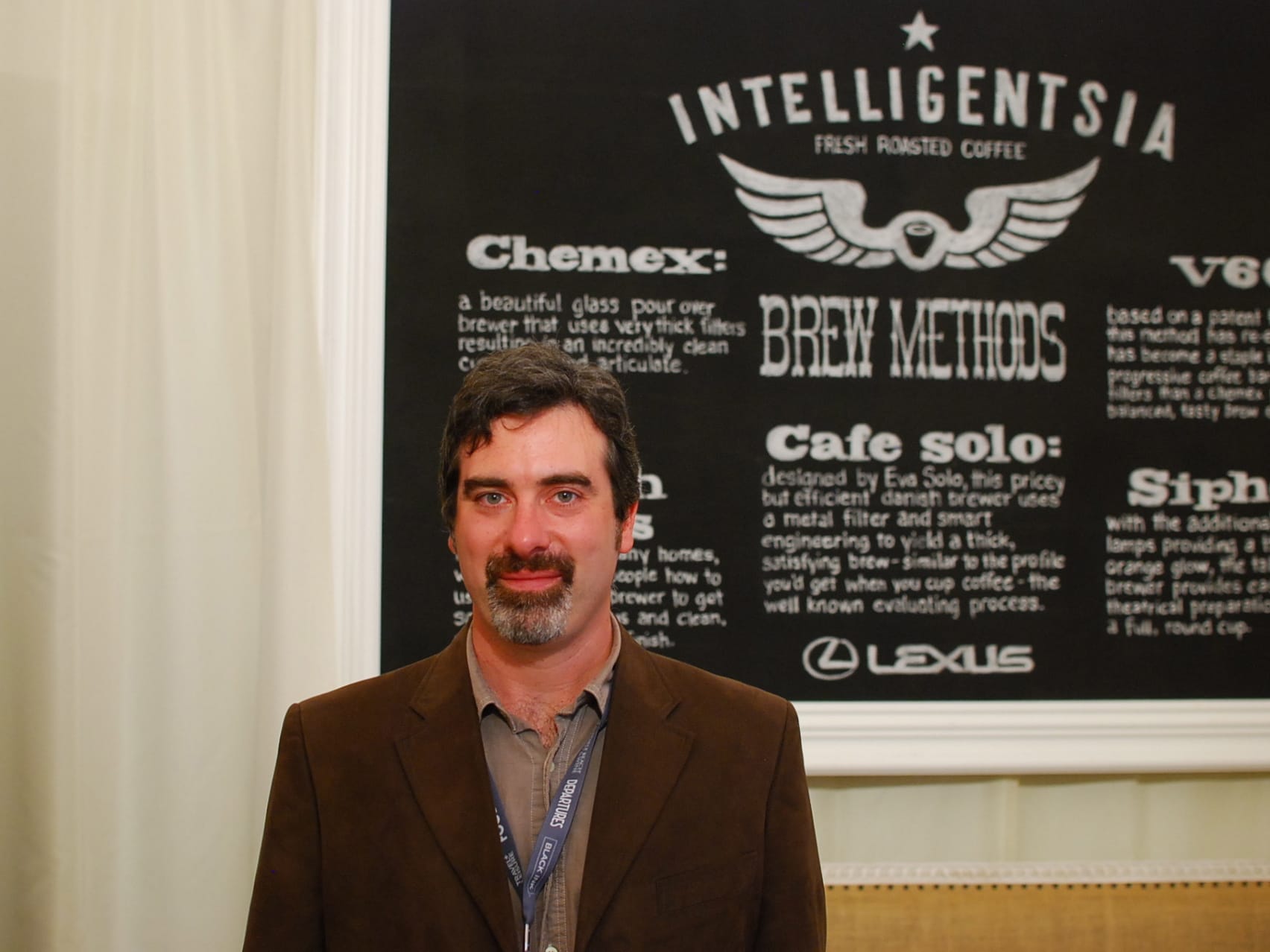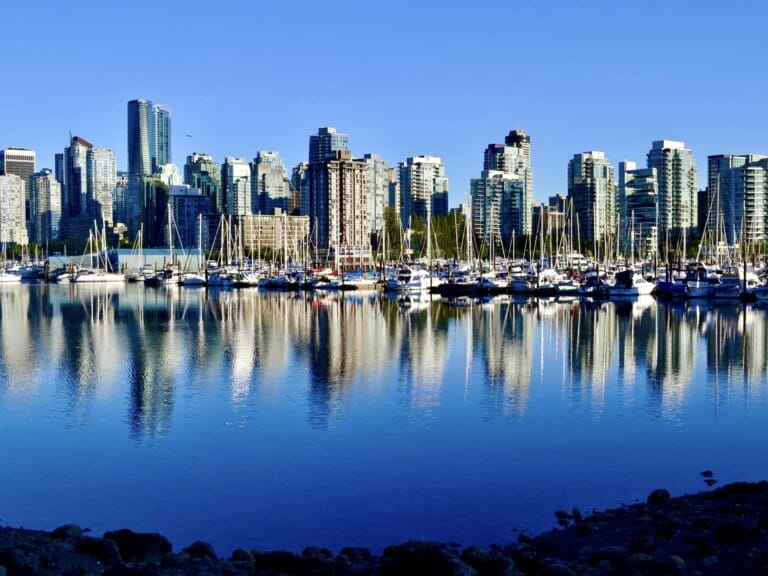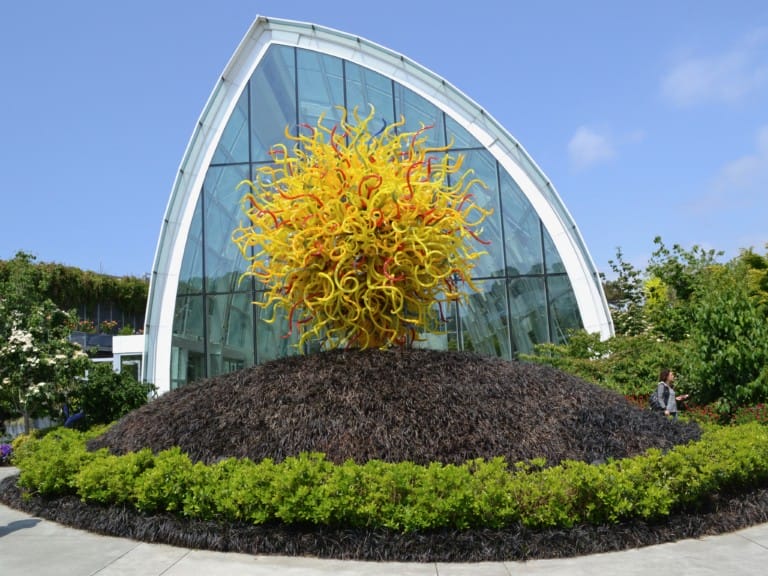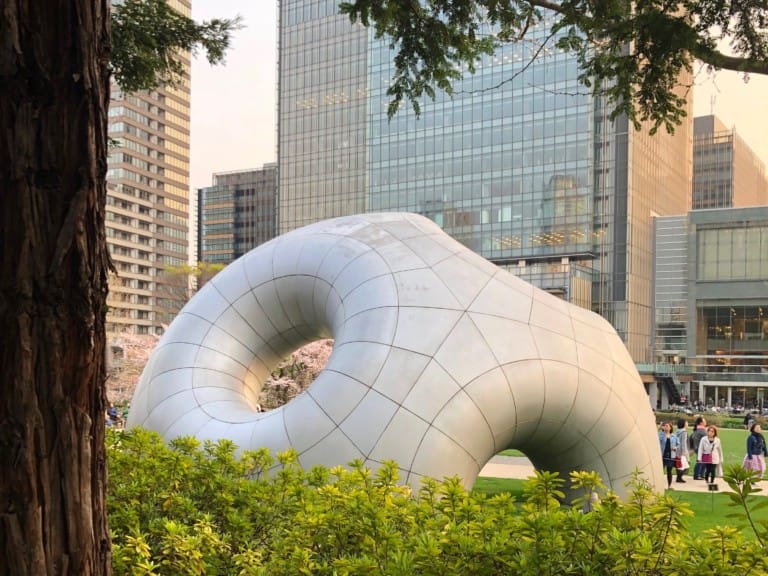INTERVIEW CONTINUED FROM PREVIOUS PAGE
Is there such a thing as a day of typical coffee consumption for you?
Well I start, first thing in the morning, with a coffee I brew at home. I typically will brew the best cup that we have at Intelligentsia at the time. Then I’ll go in and spend most of the morning tasting coffees. It’s a different kind of consumption, because you’re actually trying not to swallow or ingest coffee, but you end up absorbing coffee anyways. It’s more the purpose there to taste and evaluate. So most of us will spend half the morning just tasting coffees.
That’s in the lab in the roasting works?
That’s in the lab, yeah. Then lunchtime will come in. After lunch, I’ll settle in with another brewed cup of coffee, do some more tasting in the afternoon, and finish up my coffee day with a cup for the evening.
So you don’t normally have espresso?
Not often. When I do drink espresso, it’s mostly for tasting purposes, for evaluation. I’m a drip guy. I love filtered coffee, and for me, that’s the setting in which coffee’s internal character can best express itself. That’s where you can most easily taste the impact of variety and processing and husbandry and terroir. That’s where the nuance lies in coffee. The more you get into coffee, the more you want nuance. The more value the nuance becomes to you, the more you want to appreciate the more delicate qualities in the cup. Espresso, I like espresso, but it’s so much of a concentrate, it’s so overwhelming on the palate. Some of the distinctions, the things that make one coffee score an 87 and another coffee score an 88 or 89, they begin to become pressed together in an espresso setting because some of the differences are lost. It’s such a vast experience as compared to drip coffee, where you can sit with that cup for 10 minutes and taste it changing as it cools, as the temperature changes, and every sip is really a different experience. It’s much more of a dance, rather than a slugfest, jump in the ring and take a few swings.
What’s your preferred brewing method at home?
I like the Chemex. I love siphons, but I’m not always prepared to spend the time it takes to brew a siphon. Chemex, for me, partly it’s the filter. I like siphon coffee, but the Chemex system uses a heavy paper filter. It removes all the sediment so you get clarity in the cup. For me, that’s what I’m after. I like clarity. I like the acids to be as suspended. Think of the idea of a fish swimming around in a fish bowl. You can see each one. I think about coffee sometimes that way. In a Chemex, those compounds and those flavors seem to be suspended a little further away from each other, so you can really find individual tastes in coffee, whereas if you brew in a French press or any kind of full immersion method where you’ve got a little oil and sediment, everything gets slightly more compressed. You can still identify a lot of tastes in a coffee, but they’re not as articulated. That’s why I like Chemex.
If you could travel to any city in the world right now, primarily to drink coffee, where would you go?
Where would I go? Man, that’s a great question. 10 years ago, I might have said Portland. Five years ago, I might have said Oslo. Two years ago, I might have said London or Melbourne. Today, I’m even tempted to say New York, because I think New York’s got a very excited scene right now. It’s at a very beautiful place in its evolution, where you’ve got a lot of new companies there, a lot of experimentation happening, and there’s a lot of passion, because there’s a sense a community’s forming that wasn’t there just a couple years ago. Part of coffee is simply tasting a beautiful thing, but part of it is everything else that goes with it, the work of the baristas, the roasters, the farmers and the consumers together, and they can celebrate this very complicated world of coffee. And you get in some cities where quality coffee has been a tradition for a long time, it settles into place. It’s still a beautiful thing, but it loses that sense of newness. When I was in Melbourne two years ago, coffee was on everybody’s mind, because they were just starting their journey. That’s where New York’s at now. That’s really exciting.
If you could only have one more shot of espresso, who would you let pull the shot for you?
Wow, I’m going to have to say Charles Babinski would have to be my guy. He gave me the best shot that I’ve had in the last two years, so I’d trust myself in his hands. It’s funny with espresso. I’ve done so much work in coffee, but almost every one of our baristas could kick my ass, if I had to go toe to toe pulling espresso shots. These guys spend most of their waking hours fine-tuning their technique with espresso. It’s something with Kyle [Glanville] and I. We used to argue a lot and we wanted to have a “He Said, She Said” kind of debate about the merits of filtered coffee versus espresso where he would defend espresso and I would defend filtered. We’d have a battle. There was a time where I really didn’t find a lot to love about espresso. It was our baristas that changed my mind and got me back into it from time to time. In the hands of a good barista, espressos can be delicate. They can be nuanced, and they can be balanced. The majority of espresso being made in the world today, 99.999% don’t have a real sense of balance, or nuance, or delicacy, but when they do, it’s a beautiful. Babinski really made my year when it comes to espresso.









Leave a Comment